Van Life America – 10 Things You Need To Know
If you’re planning an off grid adventure through the United States, then you’ll need our Top 10 essential tips on Van Life America. Travelling in a van is one of the most exciting and cost-effective ways of seeing a new country; home really is where you park it, and with thousands of miles of backcountry and some of the most breathtaking National Parks on the planet to choose from, America is a vandwellers dream come true.
Of course, the Van Life America trend isn’t by any means a new one. From the So-Cal Volkswagen Bus Camper to modern-day behemoths like the Earthroamer Camper, the history of the American camper van is long, prosperous, and crammed with more off road shenanigans than a convoy outing to Overland Expo. Vanlifers thrive in this land of opportunity, and people from all over the world dream of travelling to places made famous through films, books, and more recently, their favourite Van Life Instagram feeds.
With a country so vast and with so many wild animals just hanging around minding their own business, it’s important to know the facts before you kick-start the adventure of a lifetime. Here are 10 of the most important Van Life America tips that we have conjured up from our own trips to the United States and through chatting with other adventurers across the pond.
1. Know Where You Can Park

Boondocking is a huge part of Van Life America (that’s wild camping to our European readers). With so much open land to explore and so many incredible natural sights to see along the way, it’s super easy to find a place to stay for the night or a perfect park up spot to sit and cook some tasty food on the go. Apps like Park4Night and iOverlander are great additions to your smartphone homepage and will help you to plan a few stops on your adventure if you need a bit of inspiration.
Two things that you need to look out for when travelling around the U.S are BLM land (Bureau of Land Management) and areas of National Forest. You can camp in these places completely free, and as long as you follow the state guidelines on camping and keep the area clean and tidy for other members of the van life community, then they will continue to be free for many years to come.
National Forests and BLM land can be just as beautiful as some of America’s National Parks, and if you don’t want to spend a lot of time around other people at a campsite, then these options are definitely for you. If you are planning on going to a National or State Park, then you’re going to need to book a campsite slot before you arrive. These can fill up pretty quickly, and buying tickets for some of the more popular spots in places like Yosemite can be as stressful as purchasing tickets for Glastonbury festival! Plan ahead to avoid disappointment.
2. Get The Right Permits
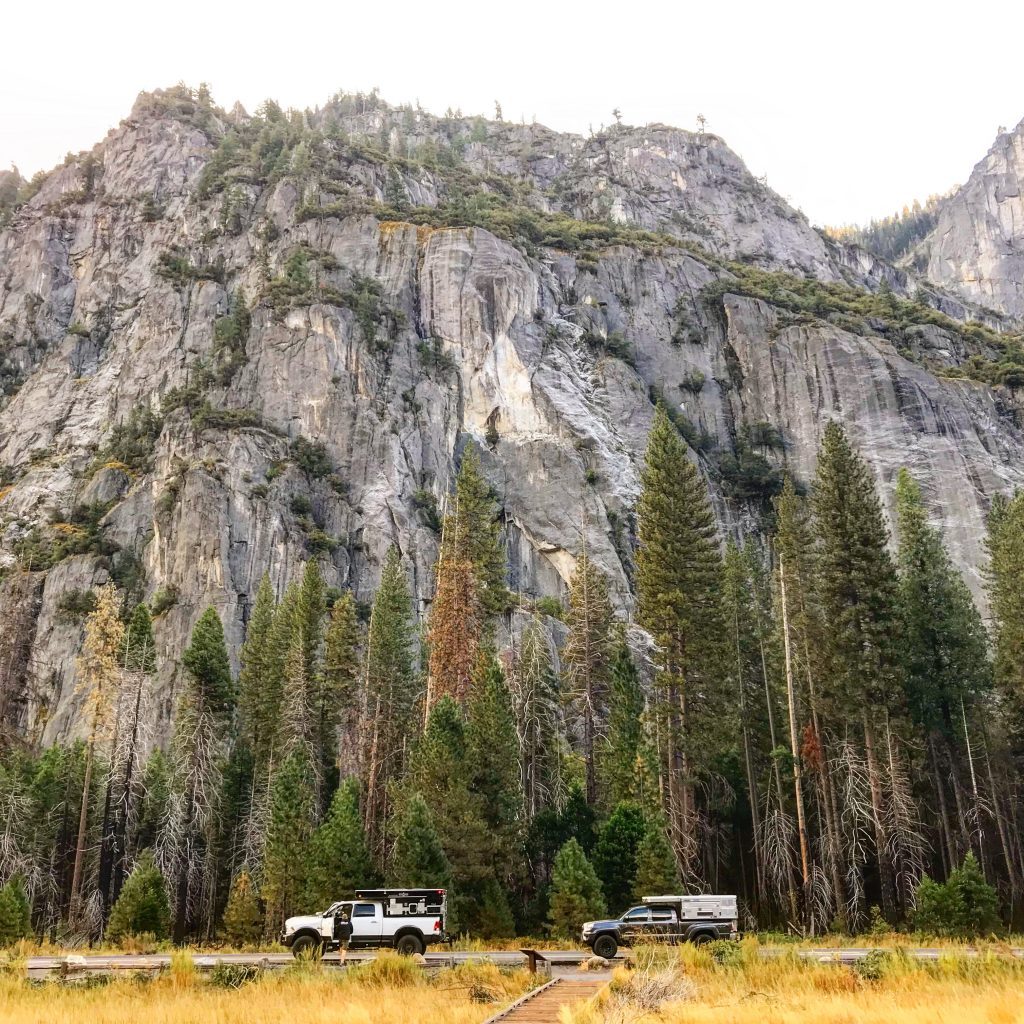
If you’re planning on heading into real off-grid territory and fancy driving into the glorious Van Life America backcountry, then you’ll need to get the right permits before you find your perfect park up. Different states have different rules on where you can and cannot park in these more wild and remote areas, with some sections of backcountry being ‘out of bounds’ during certain seasons.
You can purchase permits for backcountry camping from many ranger stations and specific organizations before heading out into the wild, and it’s important to do so in order to find out where you’re allowed to camp and which areas to stay away from. Permits aren’t expensive but do your research before you head out so you can budget for your trip and make sure you have the right documents.
This also links us neatly onto our next point…
3. Plan Your Route And Let Someone Know When You Go Totally Off-Grid
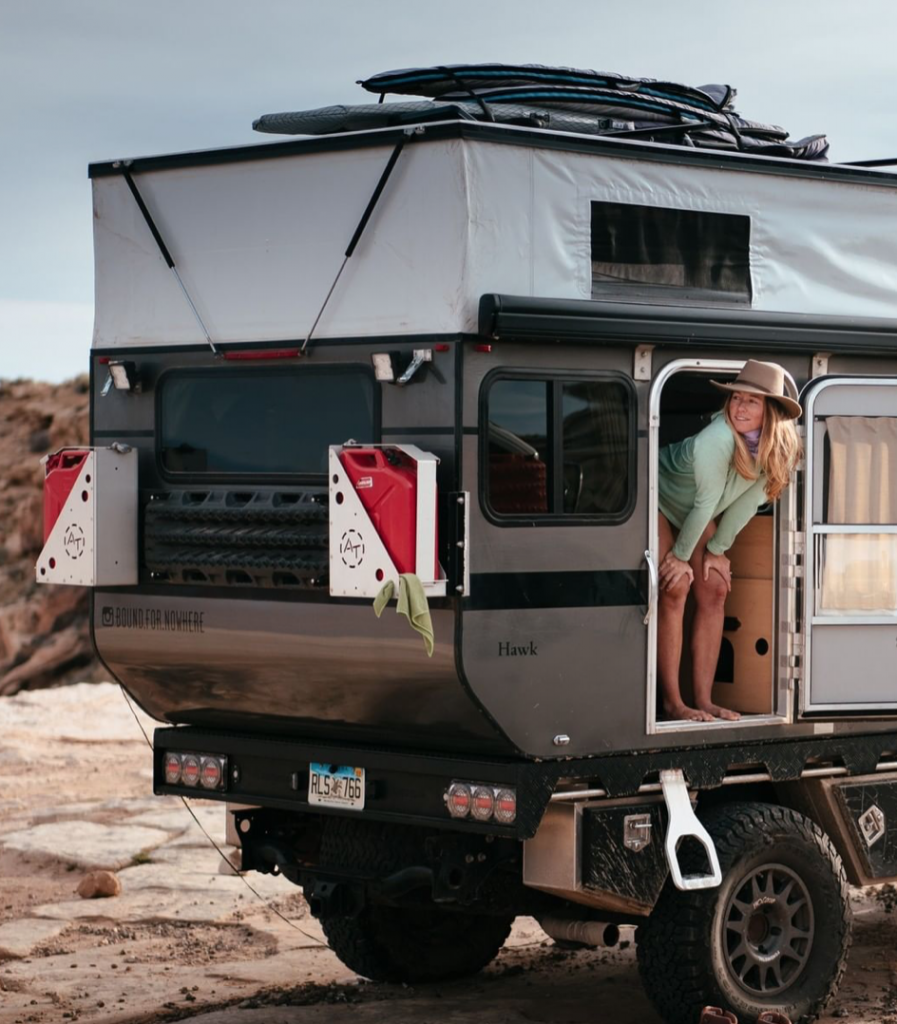
North America is one HUGE place, which makes the possibility of getting lost all too real. There are vast spaces of woodland that don’t see humans for days or weeks on end, which means there won’t be any 4G or WiFi for you to check your location or find out how to get back to the nearest road if your Sat-Nav dies on you. If you break down or have an accident, it could be days before someone finds you, so it’s important to let people know when you’re heading into unknown territory.
If you buy a permit for backcountry land, then you’re essentially giving someone details of your general location for the next couple of days. It’s also a good idea to tell a friend or family member how long you’re planning on staying in said area and to give them a rough estimate of the coordinates of your final destination. If they don’t hear from you at a previously specified time (say three or four days after you plan to arrive), then they can alert a ranger that you might be in need of assistance. Always take enough supplies in case of an emergency situation, and use your head when picking a safe parking spot.
4. Buy A National Parks Pass

National Parks can be expensive to visit, especially if you plan on heading to multiple places on your Van Life America road trip. You can buy a US Park Pass for a set fee, giving you free or discounted entry into many National and State-run sites across the country. This is a great idea if, like me, you travel on a budget and every penny of your van life costs counts. You’ll still need to book a campsite, but at least you can sleep soundly knowing that you’ve saved some of your hard-earned cash while you’re out exploring.
You can find out more about the US Park Pass here and start saving straight away.
5. Don’t Leave Food On Show In Your Van
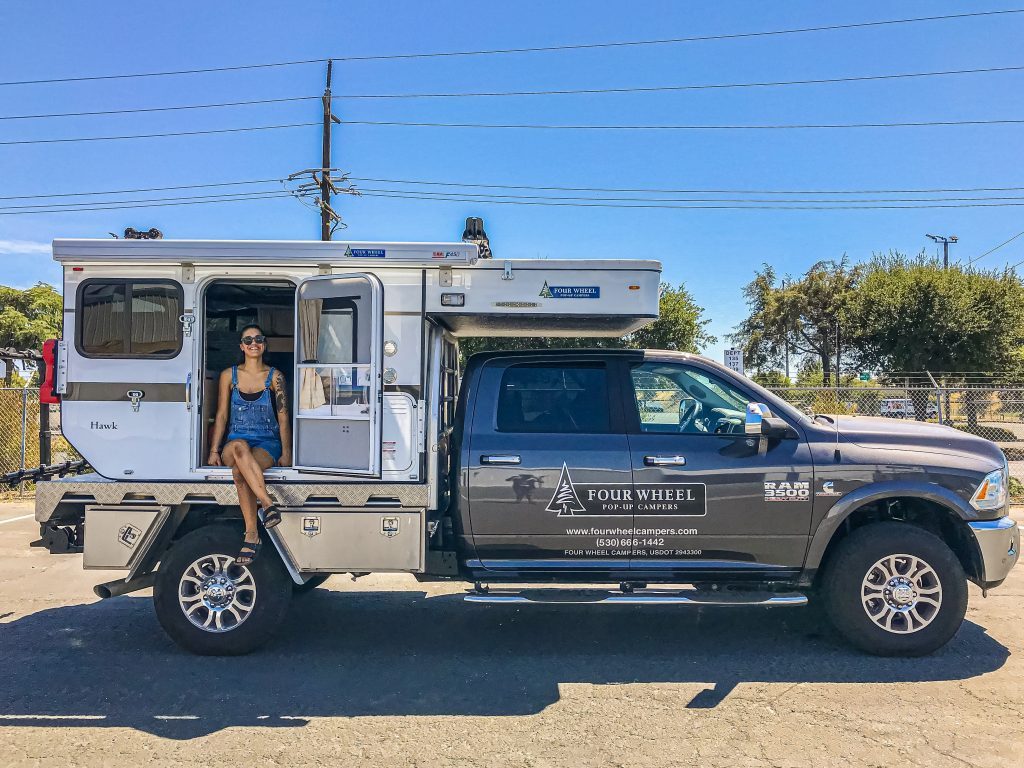
If your Van Life America route takes you into ‘the great outdoors’ (and let’s face it, you’d be crazy not to experience rural America), then you need to be wary of the grizzly wanderers who like to hide off the beaten track. Bears are powerful creatures and, while they often keep themselves to themselves, they can cause you a lot of problems if you don’t play by the rules.
I’ve seen car doors ripped open and vans destroyed, all because a bear has smelled something intriguing on the front seat. They can’t differentiate between a tube of toothpaste and a box of doughnuts – if they can smell it, they’ll try and eat it. Bears who attack campers or cause damage in this way usually have to be put down, all because travellers don’t abide by the rules and stick to the guidelines. If your van is small, then use the lockable bear boxes provided for all of your food. If you have a larger truck camper with insulated cupboards either in the living area or around the exterior, then make sure all of your food is hidden away and out of sight. Don’t endanger a bears life by being careless; tidy up, protect yourself, and protect the wildlife.
6. Renting A Van? Pick The Right One

A lot of what we’ve covered so far has been to do with heading off-grid and away from ‘civilisation’, but it’s equally likely that your Van Life America road trip might take you to big cities and highly-populated areas. It’s pointless taking an off road bus that’s a nightmare to park into the city, and it’s equally as pointless to take a mall-crawler up into the Rocky Mountains. Your van or camper needs to be able to cope with the type of terrain you’re planning on exploring; another reason why it’s good to plan ahead.
Both of my visits to America have been accompanied by a trip in a Pop Up Truck Camper from Four Wheel Campers. Trucks are the great all-rounder, capable of fitting in regular parking spots and low enough to fit under most height barriers when the roofs are down. I’ve spent a lot of time behind people driving massive Winnebagos up to Glacier Point and other remote locations, and some of those turns didn’t look fun (it wasn’t any fun driving behind them either!). Shop around, do your research, and pick a camper that is both suitable for your adventure and comfortable enough to live in while out on the trail. Outdoorsy have some great rental options available, or you could try out one of these small travel trailers!
7. Stock Up On The Essentials
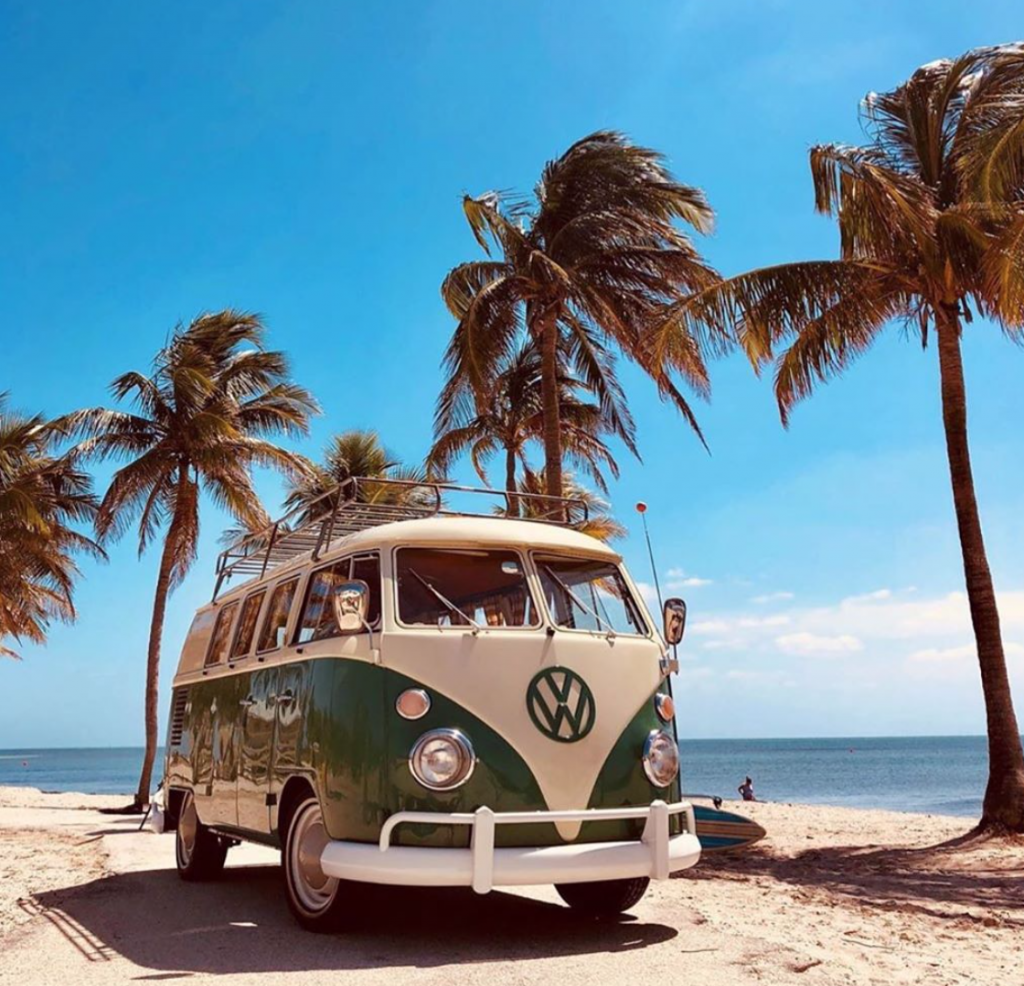
You might think that hazelnut spread and espresso beans are essential items (that could just be me), but having a well-stocked first aid kit and emergency supplies is crucial if anything should happen on the road. Rhino Ready make the best survival kit on the market, and companies such as VSSL make nifty survival solutions that can fit in your backpack without taking up masses of space.
Ibuprofen, paracetamols, plasters, and dehydration tablets are just a few of the things that you should keep in the front of your bag just in case of an accident. Products like the Life Straw are great if you need fresh water in off-grid situations, and a good power bank like the Jackery Explorer 500 will keep your gadgets charged up on the go no matter the weather. Of course, American supermarkets are filled to the brim with all of the ‘daily essentials’ too, so there’s no chance of getting hungry on the road. My advice – get yourself an XL RidgeMonkey for the journey. It’s one of my top cooking accessories and can pretty much cook anything!
8. Arrive At Your Campsite In The Day Time

I’m speaking from experience here. Driving through a country that you’re not familiar with can be hard enough as it is, but when your Sat-Nav decides it’s not going to work or can’t find the end location, tempers can easily reach boiling point. I spent around an hour going up and down the same stretch of road on Highway 1 trying to find my campsite, driving up private pathways and backing up out of dead ends in a bid to find one small turn off to a place that had a different name to the one that we booked, even though they were the same. Words were said (as were apologies), and we eventually arrived, tired, hungry, and wishing we had made some better decisions!
Arriving at any camping spot or park up is much easier in the daytime as you can get a proper feel of the land around you. Some campsites will offer up your spot to other campers if you don’t arrive in good time, so do yourself a favour and get up a couple of hours earlier. You’ll have more time to explore before bed, and you’ll minimise the number of nasty surprises that you might encounter along the way.
9. Working On The Road? Plan Your Data Usage
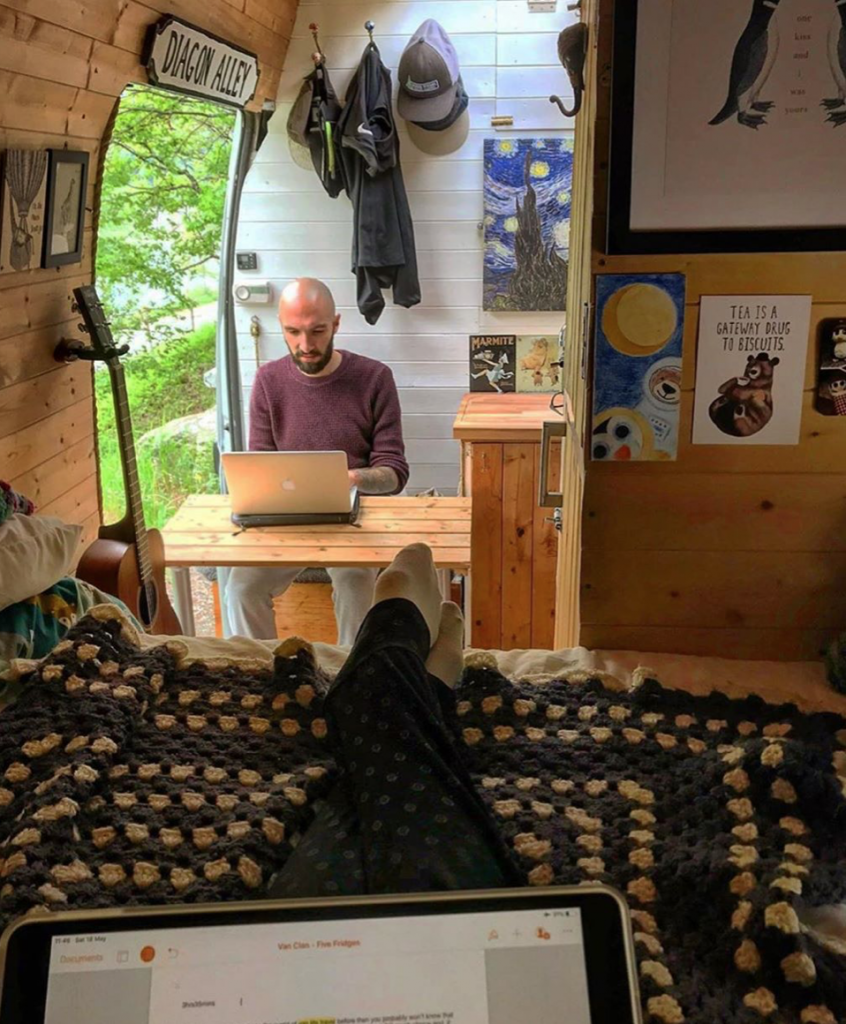
The term ‘digital nomad‘ is one that we’re all used to and applies to anyone who uses technology on the go. There are so many ways of making money through the internet these days, but if you’re travelling to the US from a different country, then you’ll need to look at your data options before you arrive. UK phone plans often charge a lot of money to customers who want to use their data while travelling through America, but there are some great deals available out there if you know where to look.
On my last trip to the US, I got myself a T-Mobile tourist SIM with unlimited data. It cost me $50 for the month and worked like a charm, giving me data in tonnes of places and providing a strong signal for my social media work and article uploading. I’ve tried a couple of UK sims before with little to no success, any signal I managed to get being incredibly weak. If internet is important to you, then plan ahead and don’t leave your clients/friends/fan base in the lurch!
10. Van Life Travel Insurance Exists, And Here’s How To Get It
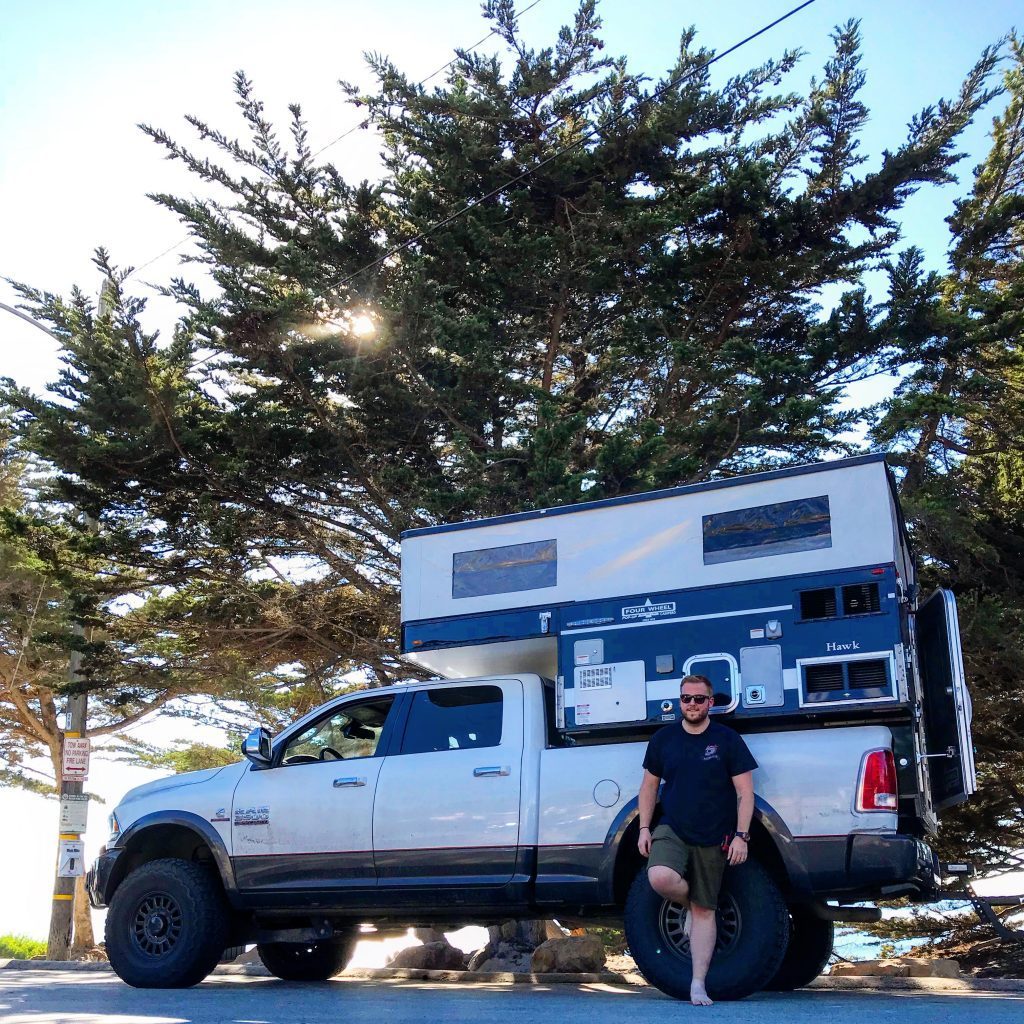
Wouldn’t it be great if there was a company that specialised in travel insurance for vandwellers? Well, there is, and they’re called SafetyWing. The founders of the company come from an adventurous background and understand the needs and wants of their fellow travellers. You can purchase cover before or during your existing Van Life America trip and tailor it to suit your individual needs. The helpline is perfect, and you can sign up for as little or as long as you like.
SafetyWing insurance does cost you a little bit more if you’re using it in your home country, especially if that home country is America, but it’s the perfect solution for anyone heading out on an off-grid road trip who feels safer knowing that a group of professionals have got their back should anything happen along the way. The medical insurance part of the package certainly made me feel more secure while we were out there, and the gadget cover is a nice touch if you do travel with lots of gear on board. Head over to our dedicated article on this Van Life Insurance for more details!
More Content From The
Van Clan Team!
- These campervan recipes will keep hunger locked up till lunch
- Here are some more van life tips if you’re considering Full Time Van Life!
- Check out the 10 Best Adventure Vans of 2020

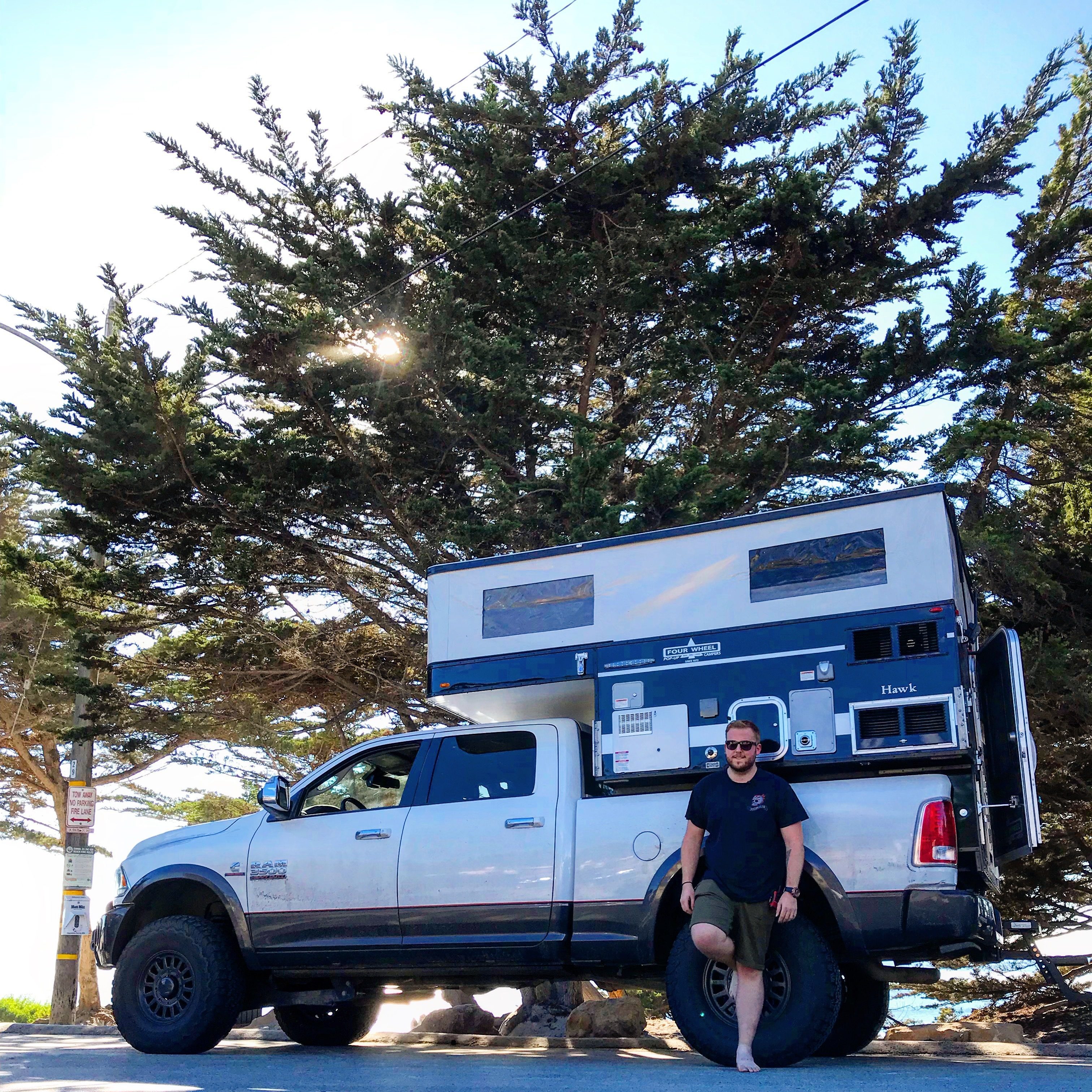
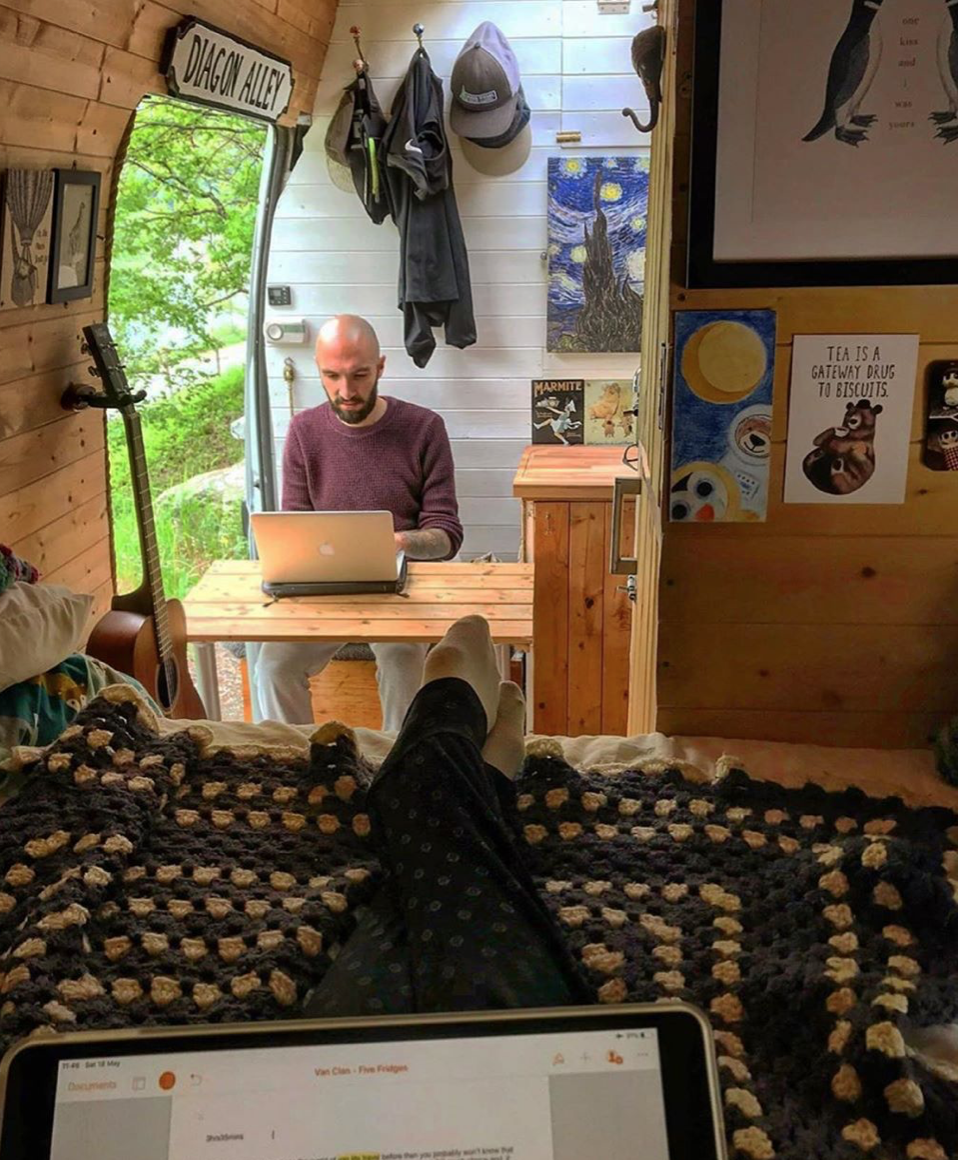
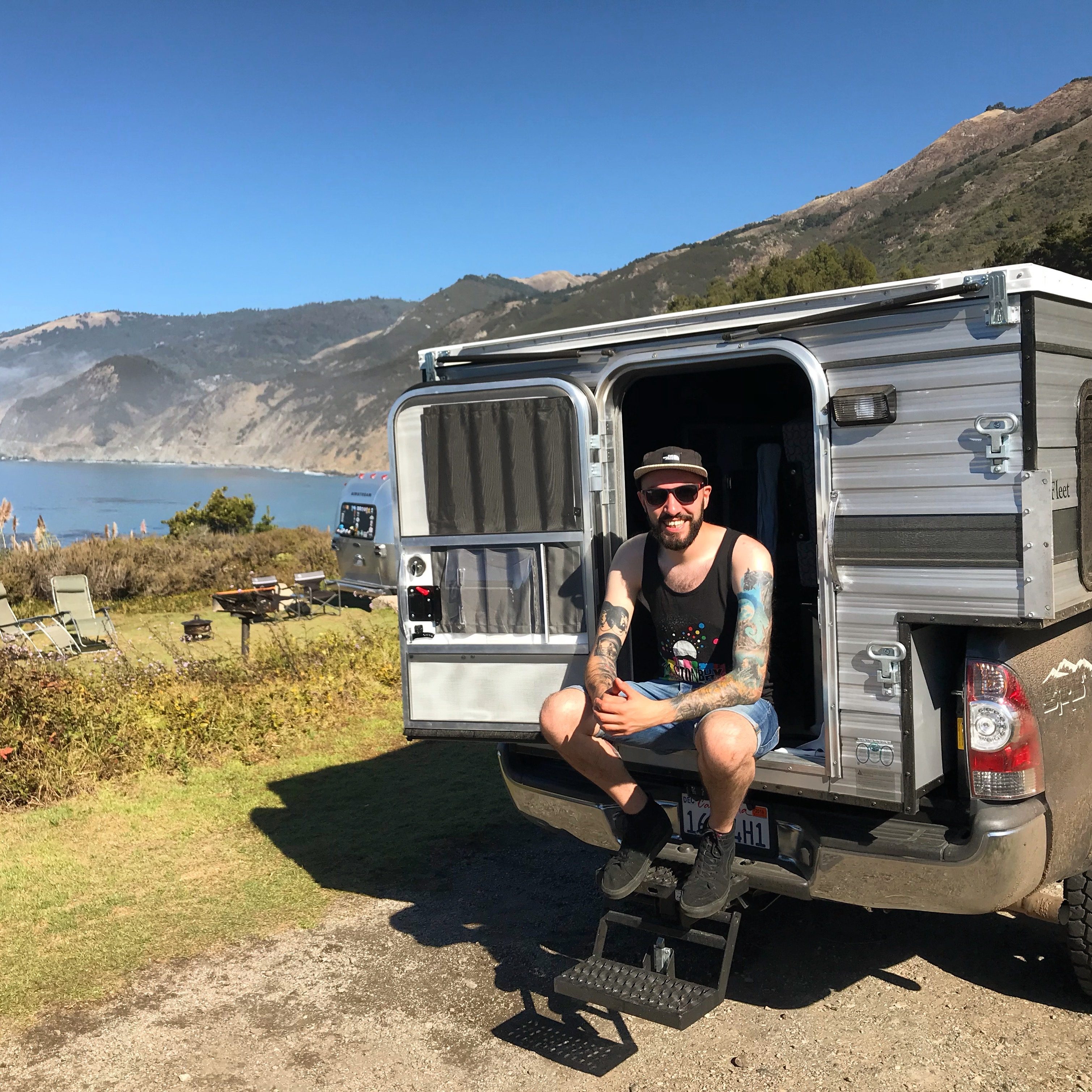
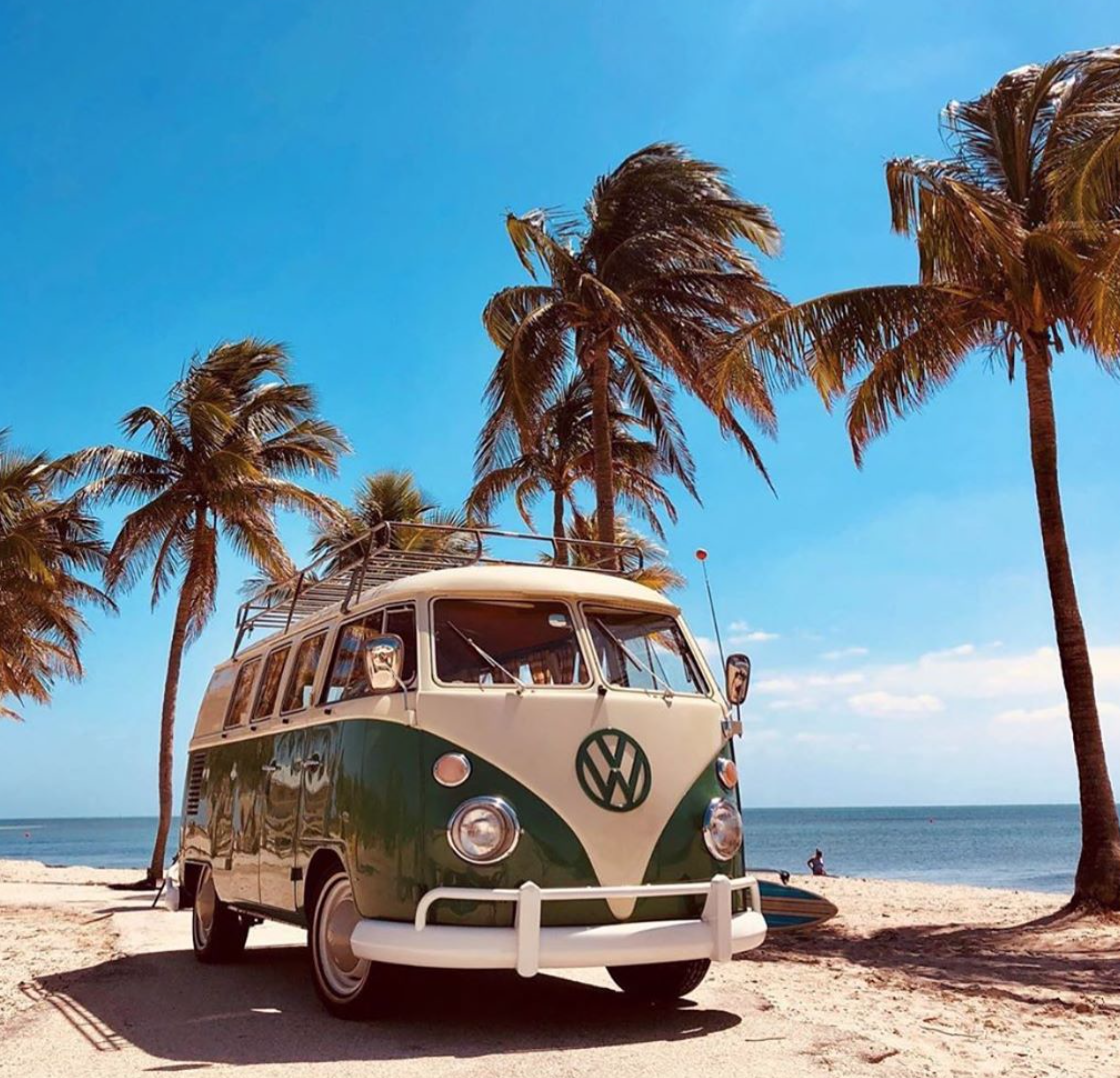
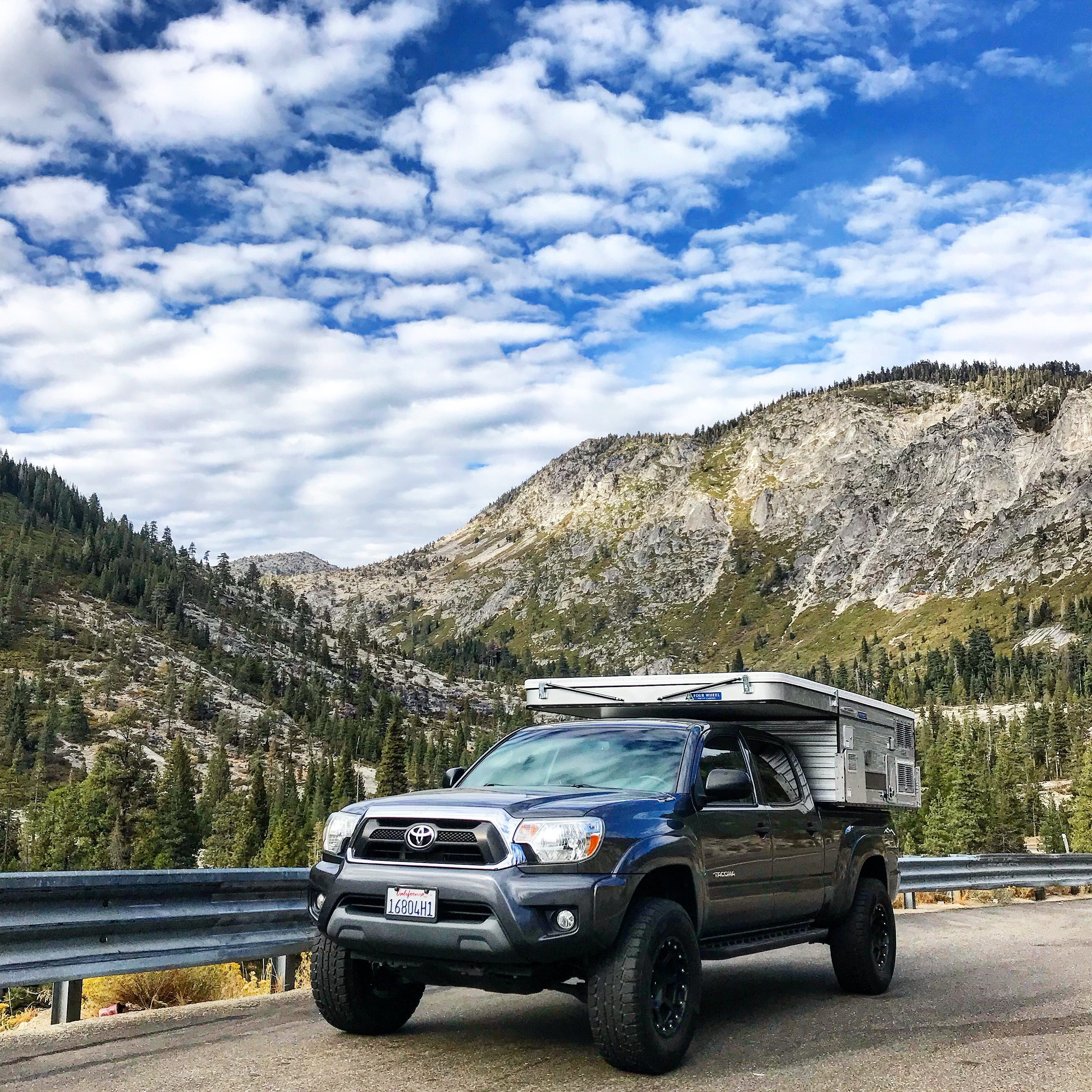

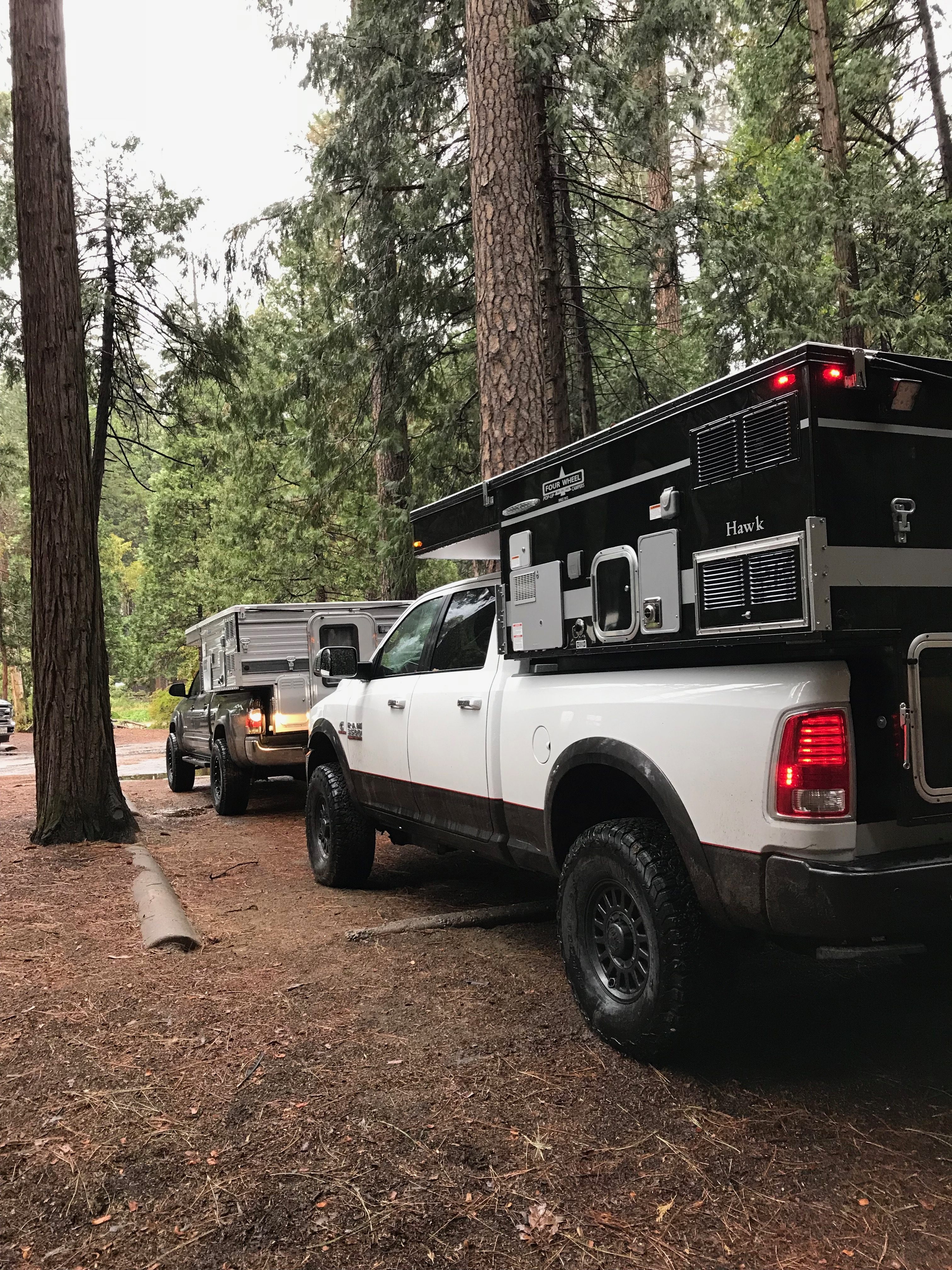
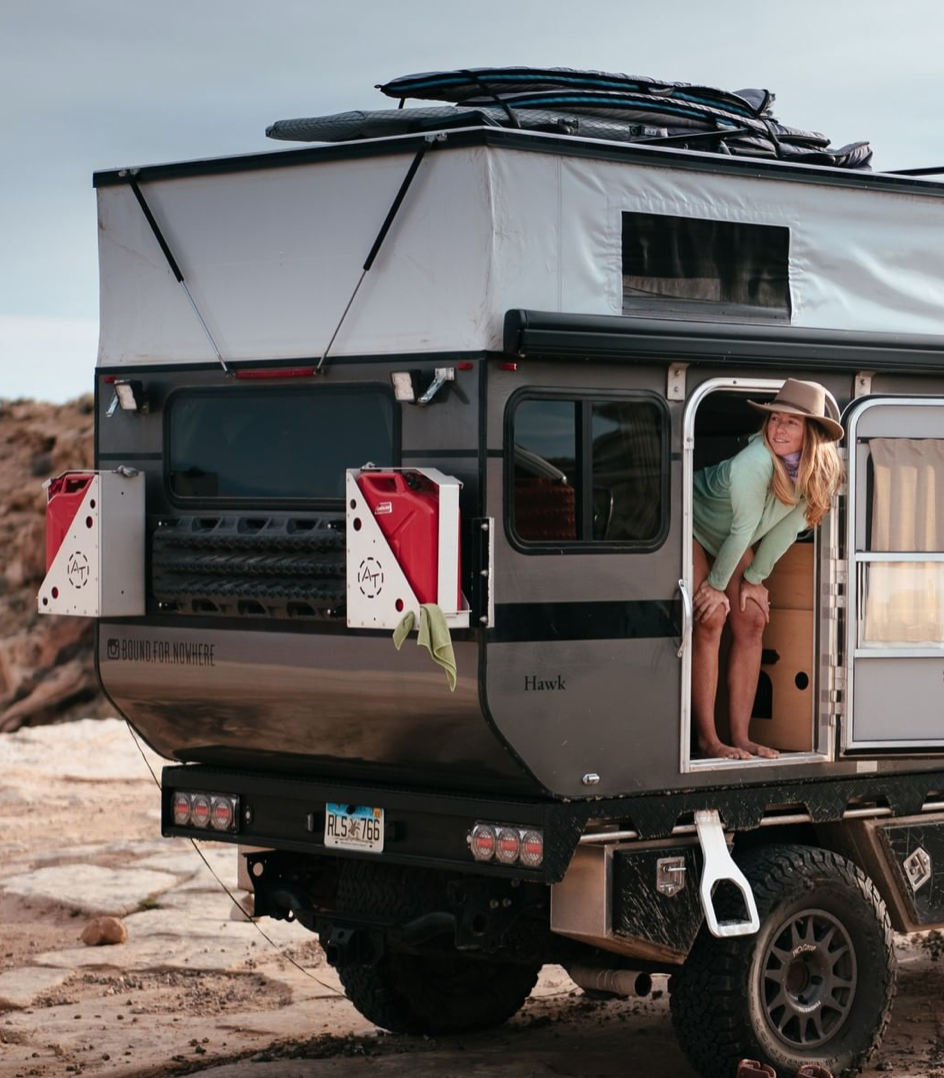
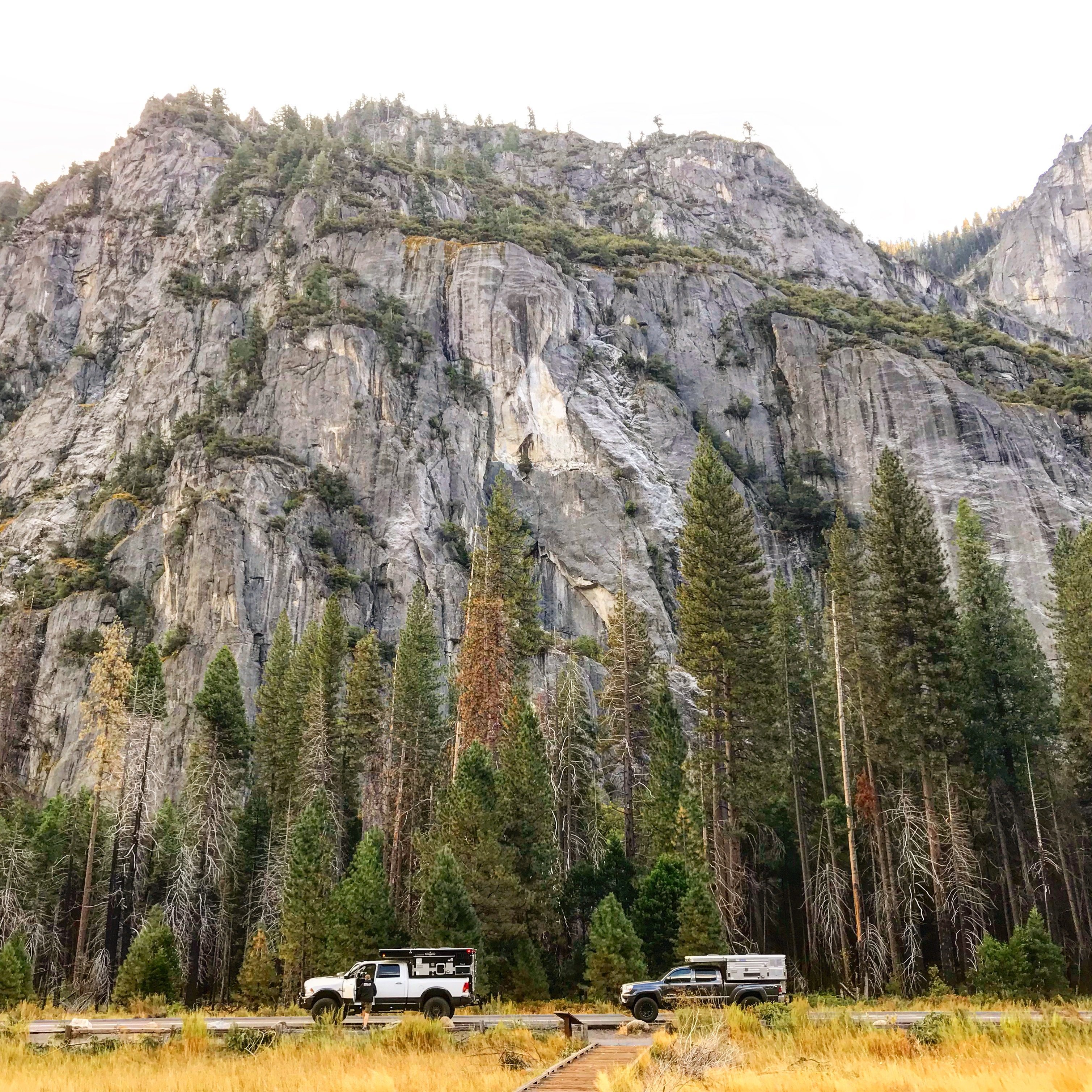



COMMENTS
Please note that all comments will be checked by our team before being approved.